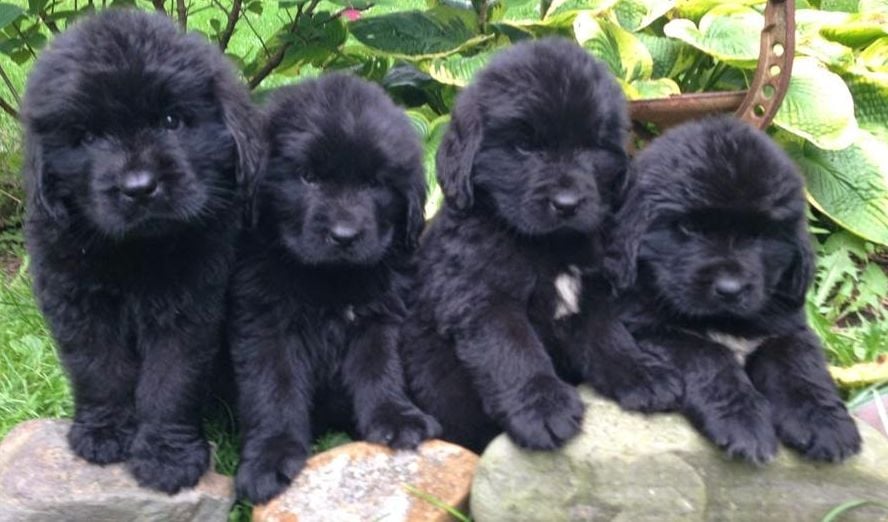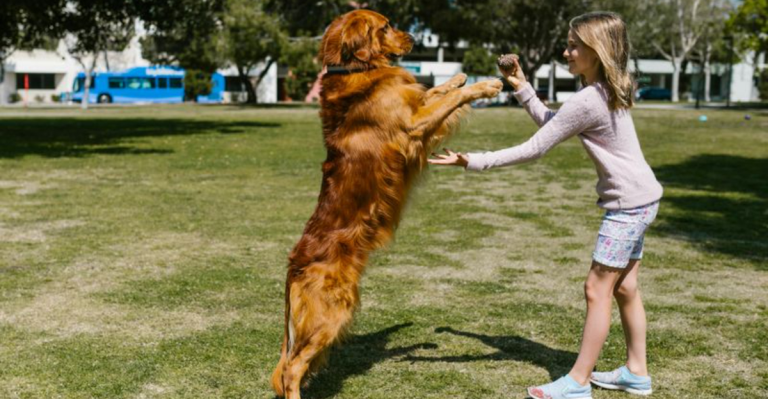The Right Ways To Avoid And Handle Dog Fights
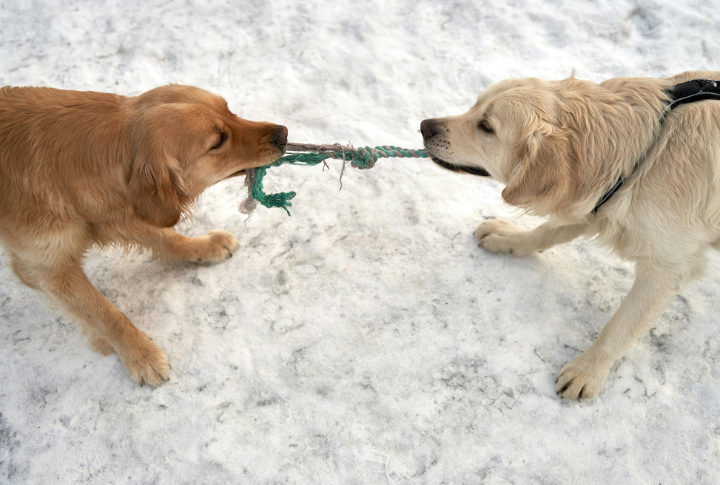
Not all fights start with snarls. Sometimes, it’s just a vibe you can’t quite explain. But when you know what usually leads up to a dog fight, you can stop it from escalating. These 15 methods will help you tackle those heated moments early on and avoid intense fights in the future.
Understand Your Dog’s Body Language
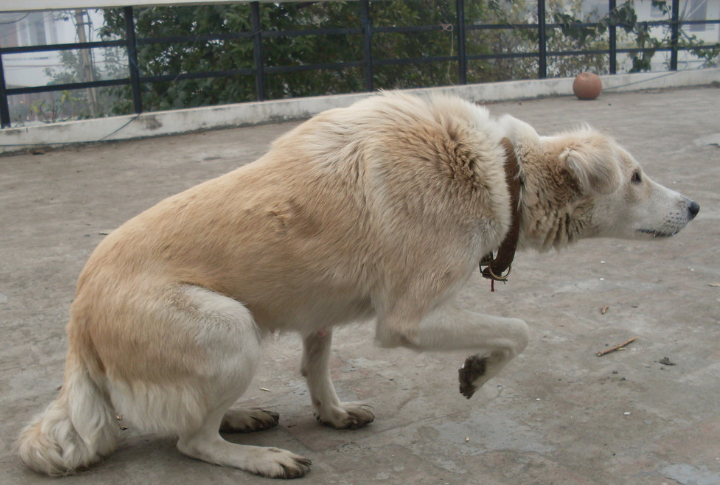
Think of your dog as a silent storyteller. Every wag or stare means something. Raised hackles? That is not a great sign. A lowered tail or side-eye glance? Pay attention. By reading these signs early, you’ll avoid situations boiling over. Dogs communicate primarily through body language.
Identify Common Fight Triggers
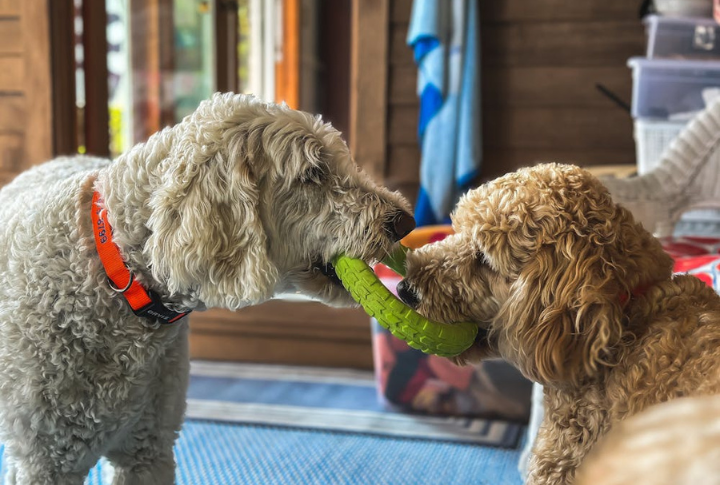
Once you spot what sets them off, you’re better equipped to steer clear of trouble. A study in Applied Animal Behaviour Science found that over 60% of fights between dogs in the same household were triggered by competition over resources like attention, toys, or space.
Avoid High-Stress Environments
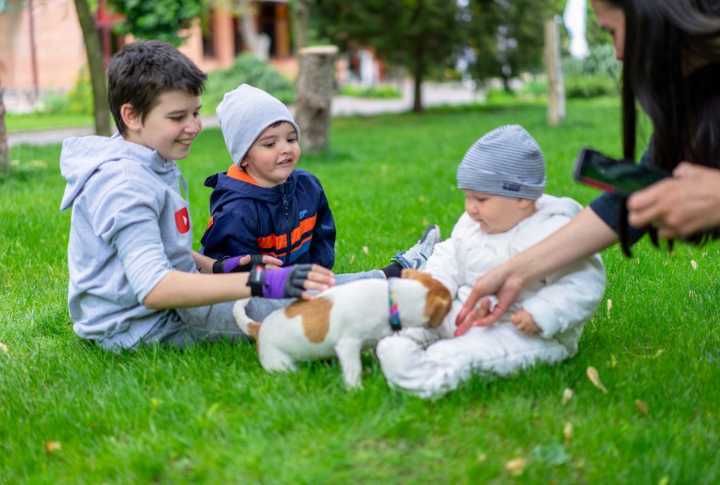
Loud fireworks or chaotic kids’ birthday parties are fun for humans but stressful for your pup. When dogs are overwhelmed, they’re quicker to react. Keeping their environment calm can be the difference between a good day and a gnarly fight. Choose peace. Your dog will be grateful.
Socialize From Puppyhood
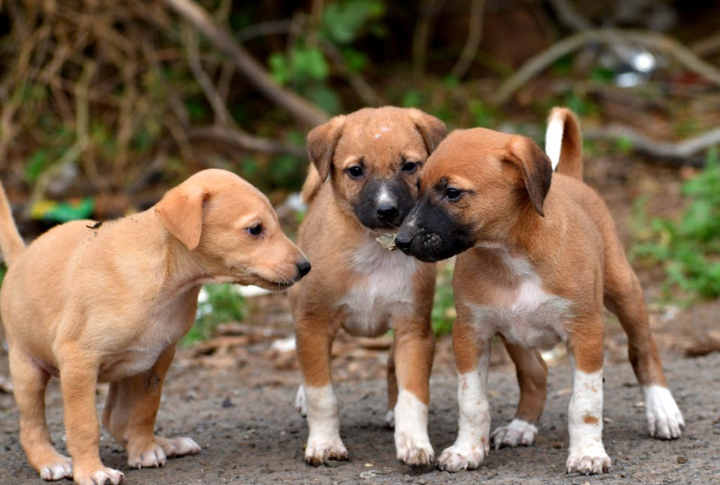
It’s like kindergarten for canines. The more dogs your pup meets early on, the more they learn what’s cool and what’s not. Bumping noses and picking up those “no thanks” cues, socialization lays the groundwork. An unsocialized dog is like a tourist without a map: lost and reactive.
Use Leashes
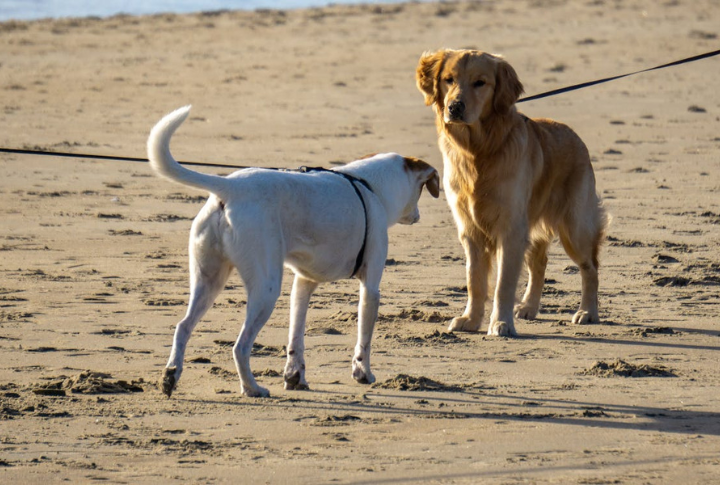
Picture this: two unleashed dogs meeting on a narrow trail. One stiffens. The other bounds over. It calls for trouble. So, leashes are lifelines, especially in new places, to keep control. You wouldn’t drive without brakes in a new city. Why let your dog cruise without limits in unknown territory?
Redirect Attention
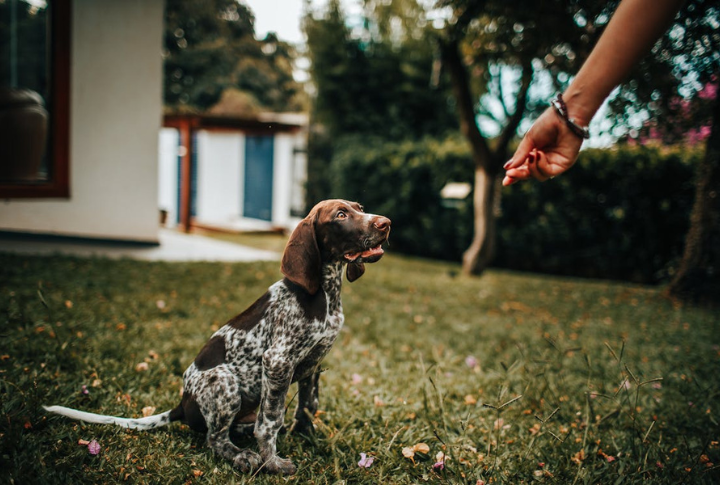
Helena Lopes/Pexels
Distraction is a trick that always works. That beefy treat they love? Use it at the perfect time. Redirecting focus turns a potential brawl into snack time. Brain games or high-value snacks like cheese cubes can refocus a dog’s mental energy.
Strong Recall Command
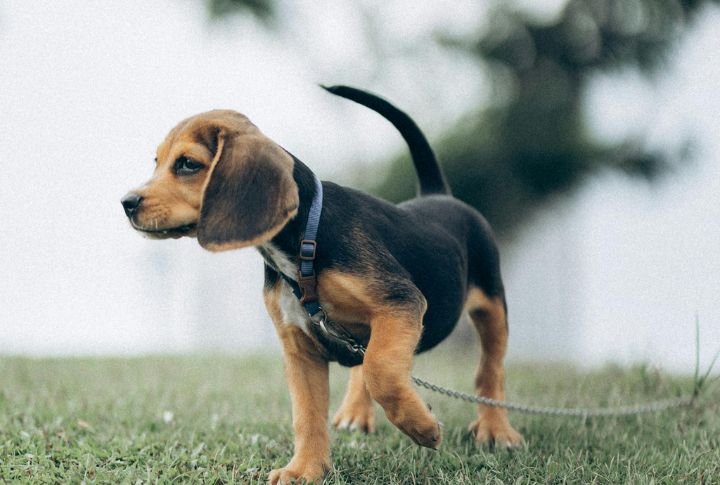
“Come!” should mean drop everything and return ASAP. Whether it’s a squirrel or an irritable dog ahead, a recall saves you both. A reliable recall is a safety net. Dogs that respond promptly to recall are far less likely to get into trouble.
Keep High-Value Items Out Of Reach

That squeaky duck may look innocent, but to your dog, it’s solid gold. High-value items often turn friends into foes. If multiple dogs are around, stash away the prized possessions. Behaviorists call this “possessive aggression,” and it’s a common cause of sudden dog fights.
Separate Dogs During Feeding Times
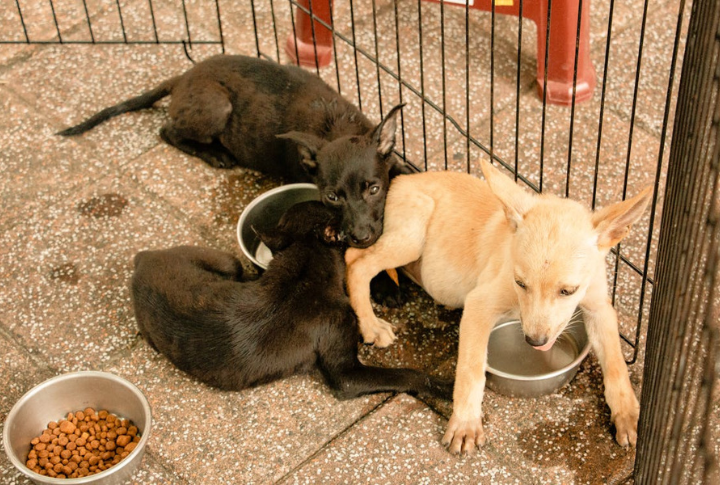
Even the chillest pups get snippy around their food bowls. Mealtime tension is real. So, feed them apart and skip the eye contact. A little space now can mean fewer growls later. You can use crates or baby gates to create individual eating zones.
Watch For Resource Guarding Behavior
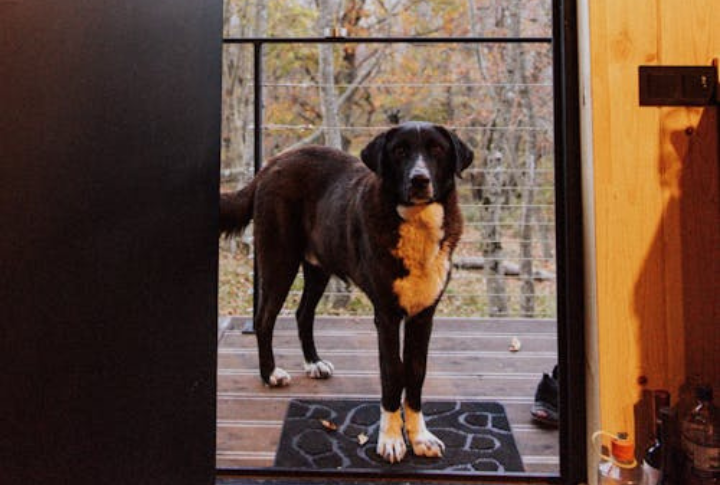
Some dogs don’t just protect food; they guard beds and even people. That’s instinct, not rudeness. Watch for these signs: hovering, stiffening, sudden growling. If they’re guarding anything, interrupt gently and engage them. This helps avoid those “Why did he just snap?” moments.
Avoid Reinforcing Aggressive Reactions
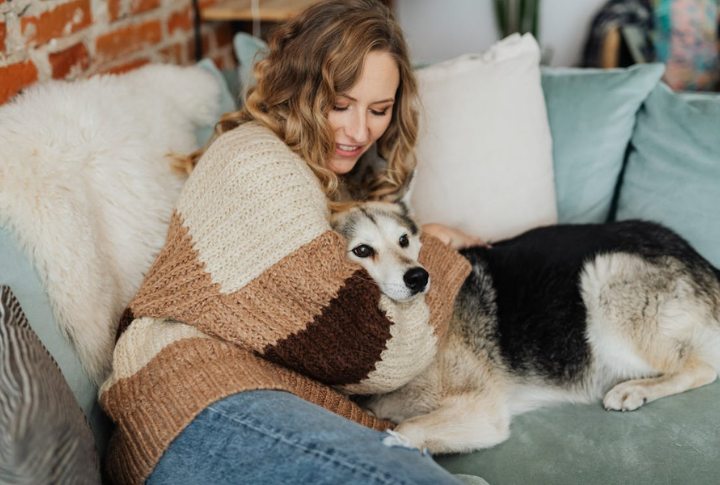
You might mean well, but rushing in with a cuddle or treat mid-growl tells your dog, “Good job!” Yes, that’s right. Dogs connect actions to outcomes quickly. Instead, stay neutral, redirect calmly, and reinforce when they choose to calm over chaos. Timing and tone matter more than you think.
Use Neutral Voice
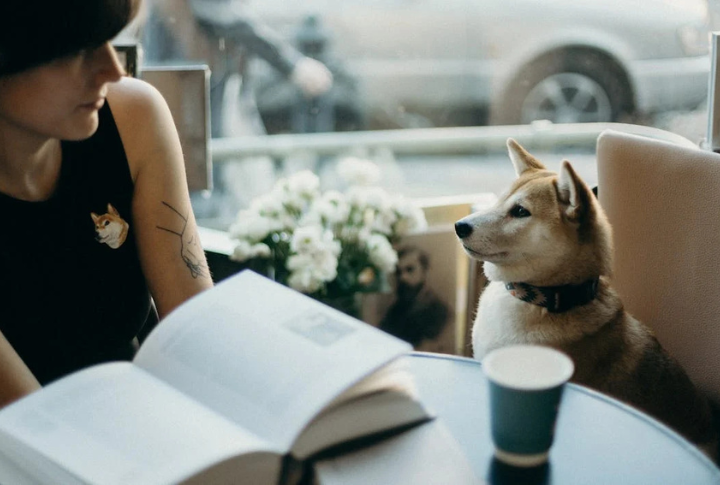
Imagine yelling “STOP IT!” in panic while your dog’s already amped. That’s fuel on fire. Your voice can become their anchor. A calm, even tone helps diffuse the tension. Keep it cool, and they’ll follow suit. Dogs read vocal tone and body posture more than words.
Use Barriers
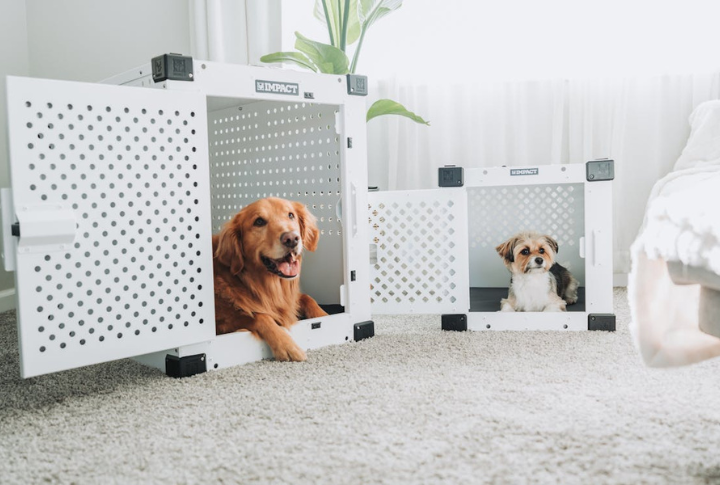
If things feel tense or unfamiliar, barriers give dogs breathing room. Gates, crates, fences; they’re your backstage crew, even if it’s not feeding time. No need for all your pets to sort things out face-to-face all the time. Let them be like roommates who get along better with some privacy.
Consult A Trainer
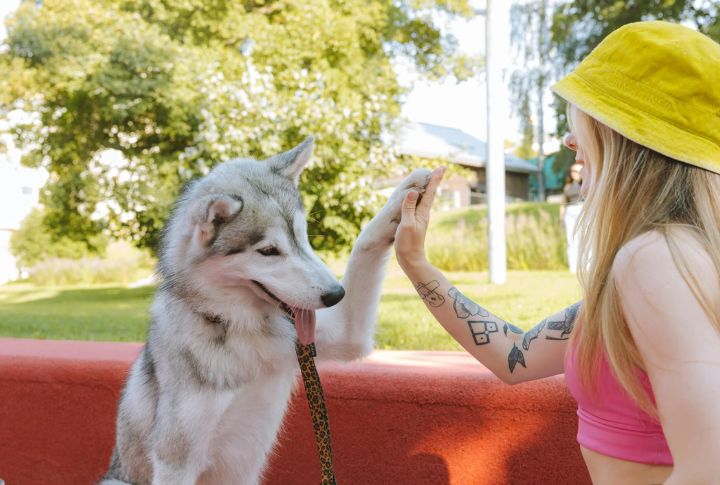
When tension becomes a trend, don’t just wing it. A skilled trainer sees things you might miss. They’ll help with behavior and reading your dog more clearly. So, look for trainers who use positive reinforcement and hold certifications from reputable organizations like the IAABC or CCPDT.
Practice Regular Obedience Training Sessions
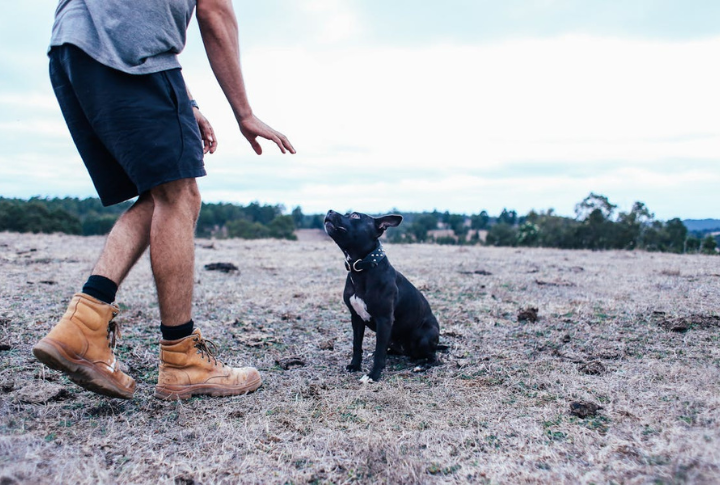
A dog who regularly practices listening is more likely to respond under pressure. Short daily sessions work wonders. You can practice basic commands like “sit,” “stay,” and “leave it,” which can act as safety controls. Dogs thrive on structure, and obedience gives them mental stimulation, too.

